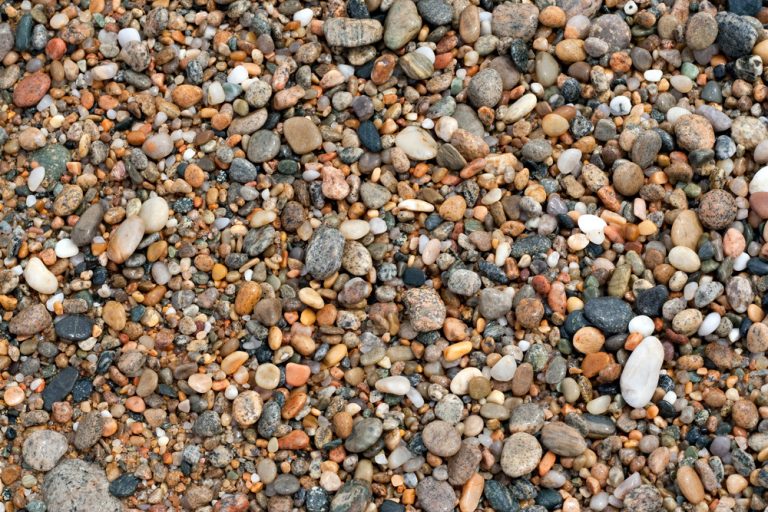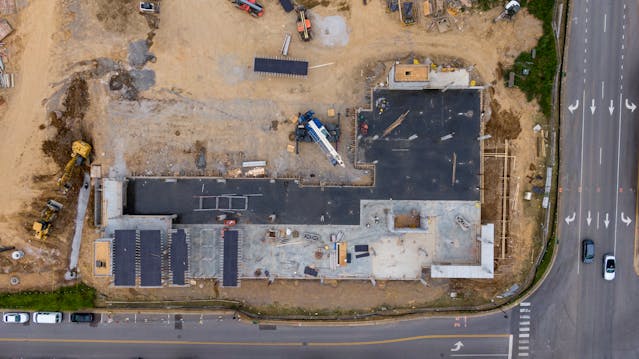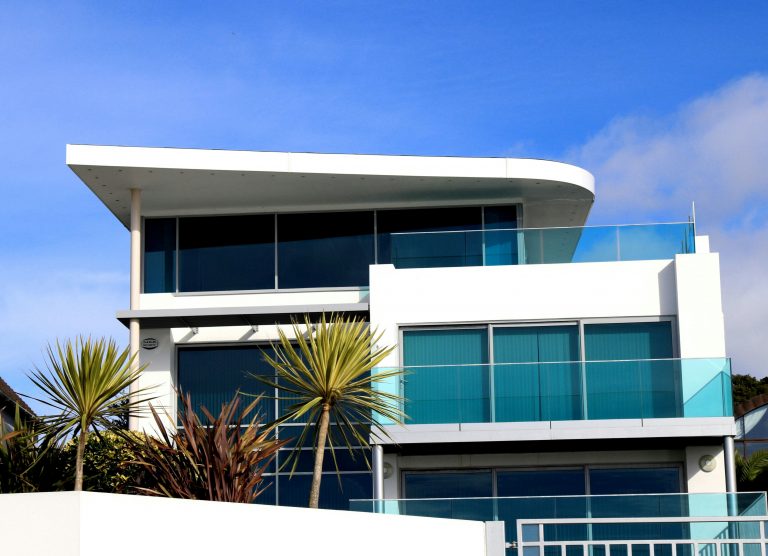
Going green takes on many forms.
One family might decide they want to recycle their paper, plastic and glass materials at the end of each week. Another family might be installing solar panels to change the way they look at their energy output. Green building materials are more than just a trend that’ll blow over in a few years, but a way to save money and keep the environment happy. Home construction materials have been evolving in all sorts of ways, including breathable walls that retain temperature and insulate sound. If these sound up your alley, keep reading.
Energy efficient green building materials don’t have to be just a dream. They can be your reality.
Homeowning renovations are switching priorities lately. Bathroom renovations are among some of the most popular choice thanks to more families choosing to age in place, while better roofing materials are increasingly common for their energy conservation qualities. When you want a little bit of everything, breathable walls and more durable flooring can be a great way to increase your home’s ROI while still providing you monthly energy benefits. Concrete form construction is one way of achieving what wasn’t possible a a century ago.
Let’s take a look at some studies. According to the U.S. Department Of Housing And Urban Development ICF walls are able to save homeowners anywhere between 20% and 25% on annual heating and cooling costs. The average American household can spend as much as $2,500 per year on energy alone, so this is likely already high on your list. A lot of heating and cooling can be lost through lackluster roofing and flooring materials, to boot. Compared to concrete flooring, ICF decking weighs 40% less and has superior insulation.
You don’t have to look far to find green building materials these days. Alongside solar panels and refurbished wood you have custom concrete forms that bring new meaning to the word durable. Buildings constructed with ICF are anywhere from six to nine times stronger than traditional buildings, able to withstand extreme temperatures, harsh weather and the test of time. They’ve been found to protect properties from natural disasters as severe as 400 kph winds. While ICF systems have been used in global construction for over 60 years, recent models have seen significant improvement.
Businesses also like insulated concrete forms for saving them money. ICF systems can cut final costs on a property by around $0.75 per square foot. When constructing ICF walls just one row will be placed at a time, with end blocks cut to fit to better reduce waste. The average block is 10 inches in width, though this can change depending on the project. Green building materials aren’t just the supplies being used, but how they’re used throughout the process. ICF construction, overall, typically costs 40% less than conventional basement construction due to the reduced number of steps.
ICF products are only going to get better from here. They’re a great resource for any home trying to go green, allowing you to conserve energy even as you spend money on another renovation. They save you money, improve your ROI and can even inspire other homeowners to take similar actions. Their cost-effective model is endlessly appealing to businesses today and their methods cause construction managers to be more savvy about how they approach their projects. You can thank Werner Gegori for patenting the first foam concrete form back in 1966.
Who knows what the future holds? Green building materials will at least ensure we get there in style.


